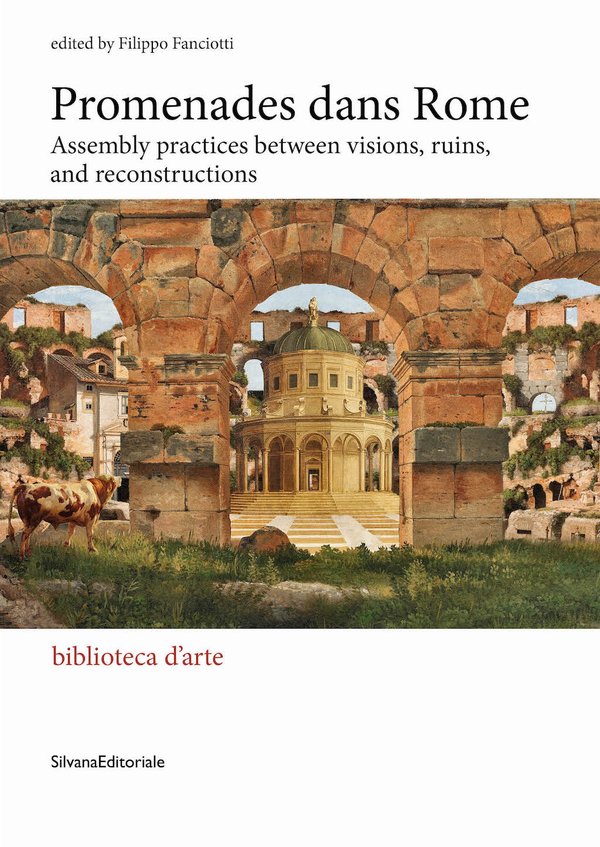Assembly practices between visions, ruins, and reconstructions
curated by Filippo Fanciotti
For artists and poets, the ‘Roman walk’ was a sublime experience, where the emulation of ancient splendour produced an inner catharsis. Meanwhile, for architects it became fertile territory for the imagination, where the accumulation of layers and objects provided the material for projecting a new city.
The eternal city appears as an interrupted dream, suspended in a time in which past and future have no sequence.
The perpetual presence of antiquity triggers a unique method to interpret and read history, inherent to the city itself: Rome allows no orderly succession of ‘rebirths’, no vanished civilizations. Rome privileges continuity. Ruins fascinate us because they return to their original, elemental nature: only form and only matter. The vestiges of ancient buildings sit outside the flow of events, exempt from their rules, therefore immortal.
Rome, as a monumental Wunderkammer, ‘city built in fragments’, ‘model of additive practice’, ‘atlas of affinities’, and ‘repertoire of analogies’ through a dialectical approach confronting history, theory, criticism, photography, cinema, and architecture, is archaeology in reverse, where it is the city itself that reassembles its own singular, disparate fragments, becoming the largest and most complex work of art in the world.
Authors
Nicola Braghieri, Elisa Boeri, Filippo Cattapan, Francesca Mattei, Giacomo Pala, Valter Scelsi.
Gaia Cambiaggi, Nadia Cannata, Paolo Carpi, Vasileios I. Chanis, Giusi Ciotoli, Pierre Coffy, Edina Eszenyi, Marco Falsetti, Angela Fiorelli, Luca Frepoli, Marianna Giannini, Emilia Giorgi, Leonie Groblewski, Micheal Groblewski, Margaret J.-M. Sönmez, Carole Lévesque, Juan López Cano, Jacqueline Maurer, Vincenzo Moschetti, Vittorio Pizzigoni, Florina Pop, Carlo Prati, Chiara Salari, Koenraad Vos, Maia W. Wellington Gahtan.
With images by Filippo Fanciotti and a photo essay by Anna Positano.
